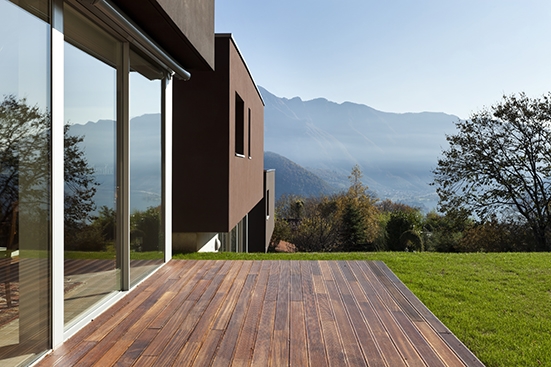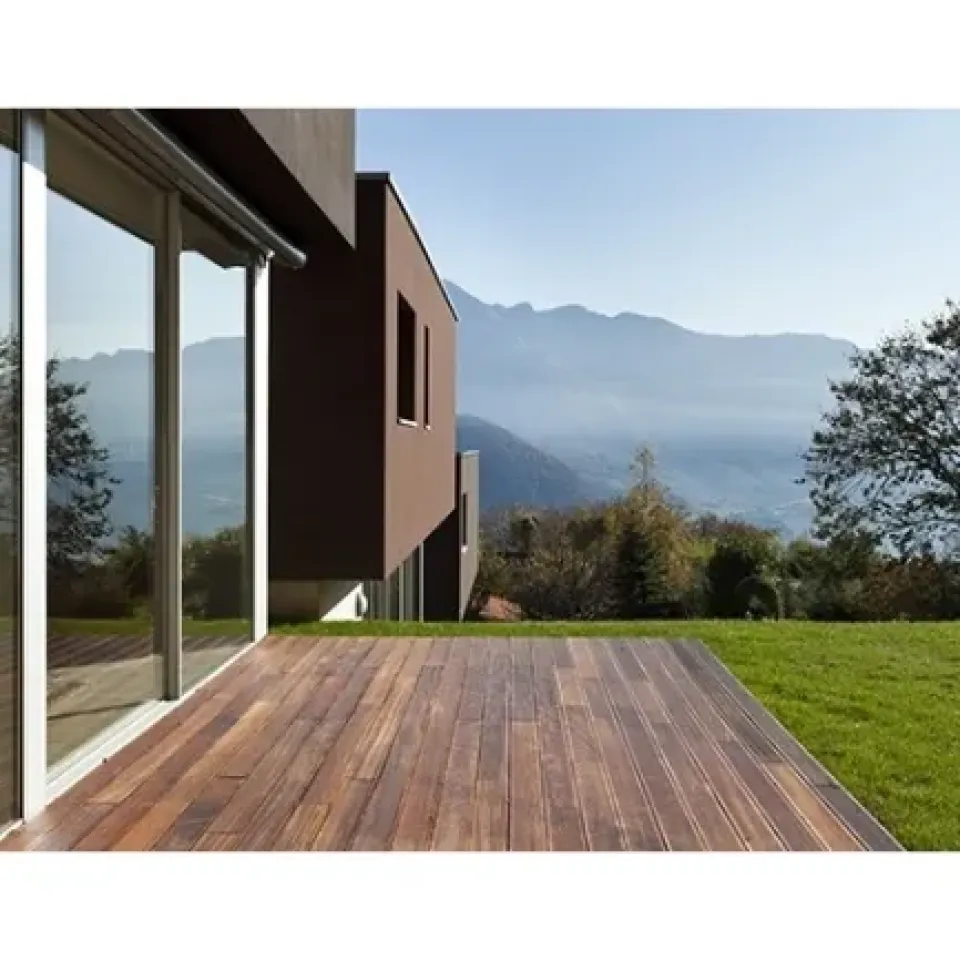
Paint wood correctly!
Modern building materials, no matter how good they are, will never be able to replace natural wood. However, the environmental properties of wood in many ways make it vulnerable in terms of durability. In addition to microorganisms, wood is negatively affected by humidity, temperature changes, and ultraviolet light. How to choose the right material for protection to avoid early loss of wood properties?
Woodworking secrets
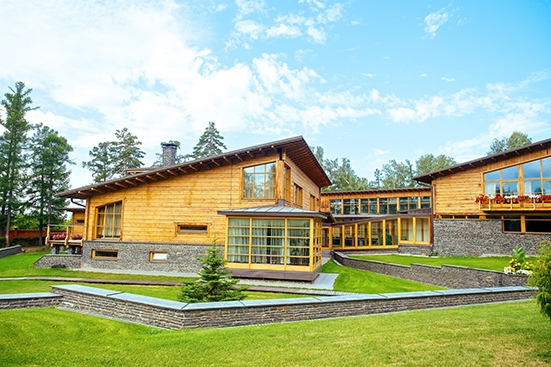
- 1. Types of wood
- 2. Selection and preparation of wood
- 3. Selection of materials for finishing
- 4. Finishing and application features
- 5. Factors affecting color and appearance
1. It is important to know what type of wood you are going to process (hardwood or softwood). Hardwoods are usually hardwoods, and softwoods are most often conifers. The consumption of finishing material directly depends on what kind of wood is used for construction.
2. The primary processing of wood affects the appearance and aesthetic properties of the material. Chopped wood is wood that has been roughly processed, with the top layer of bark simply removed.
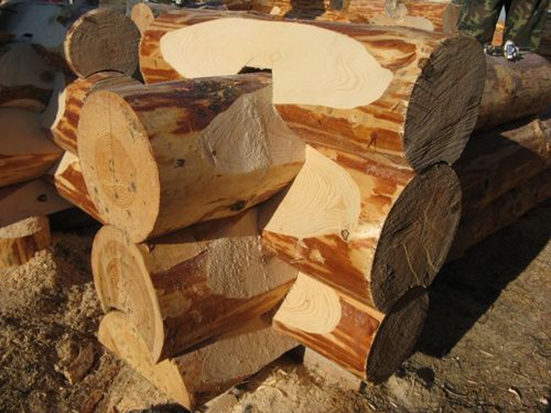
Sawn timber is prepared by sawing. It is usually a round log that has been sawn into pieces. The finish is quite rough; the longitudinal fibers remain raised.
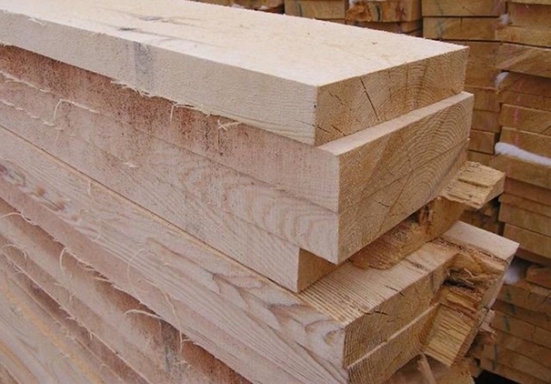
Planed wood has at least one plane and/or both edges planed.
Planed wood is sanded with abrasive materials, coarse (20) or fine (240 grit) sandpaper. This depends on what product you plan to make from the wood in the future.
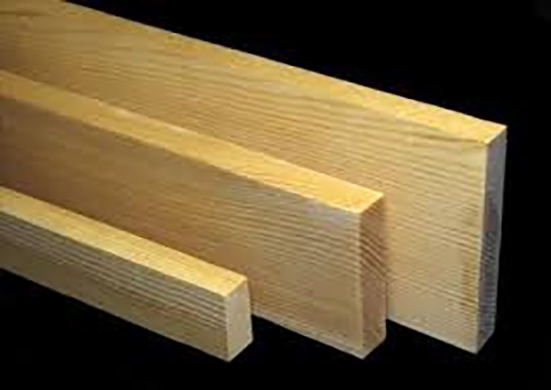
The choice of wood after pre-treatment depends on its further use: it will become furniture, flooring, wall paneling, or will serve as a facade or fence.
For example, for the manufacture of a fence, planed or sawn wood can be used without additional sanding, and for arranging the floor of a veranda, the wood must be sanded with fine (240-280) sandpaper and remove raised fibers and roughness.
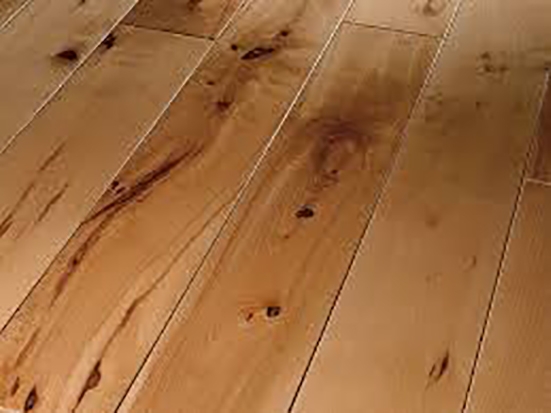
The consumption of primers and finishing materials depends on the wood treatment. Thanks to the treatment with Aura Biostop primer, water absorption is evened out, protection is increased and the consumption of finishing material is reduced.
3. Depending on the type and purpose of the wood, you can choose the appropriate paint and varnish materials. Many years of practice have shown that it is useful to cover new wooden surfaces with three layers of paint and varnish.
The first layer is a primer. When using Aura Biostop primer, effective reagents are absorbed into the wood. Due to the high-quality composition of the binder, the moisture resistance of the wood is improved. The second and third layers are applied with Color Wood Aqua decorative antiseptic. Such a complex of primer and finishing coating will reliably protect the wood.
4. The ends of the wood and the junctions when assembling the structure should be primed especially carefully. Priming is carried out with a wide brush (brush). The finishing coating should be applied in two thin layers, removing excess with a brush. The material is rubbed into the wood, and at least 12 hours should pass between layers. A brush with mixed bristles is ideal for this coating.
5. The structure of the treated wood significantly affects the color. Porous and rough surfaces have a higher absorption capacity, so they look darker than polished and smooth ones. The intensity of the color is also affected by the wood itself, because each tree has its own shade. For example, pine can add yellowish notes, oak - gray shades, and beech and ash - pink. In addition, the number of layers applied is directly proportional to the color saturation. It should also be taken into account that an excessive number of layers of the finishing coating can hide the structure of the wood, which will lead to a loss of the effect of natural wood.
